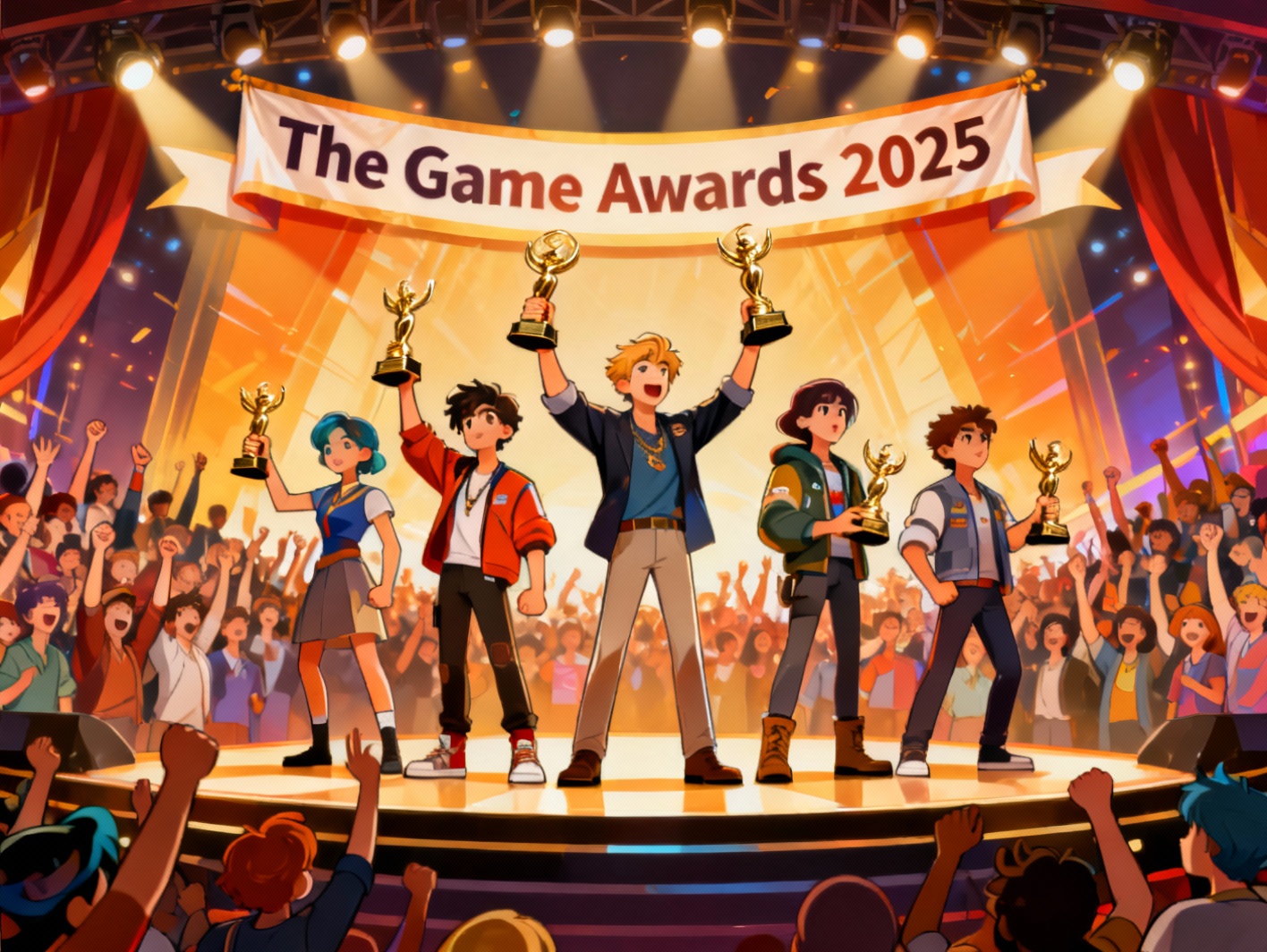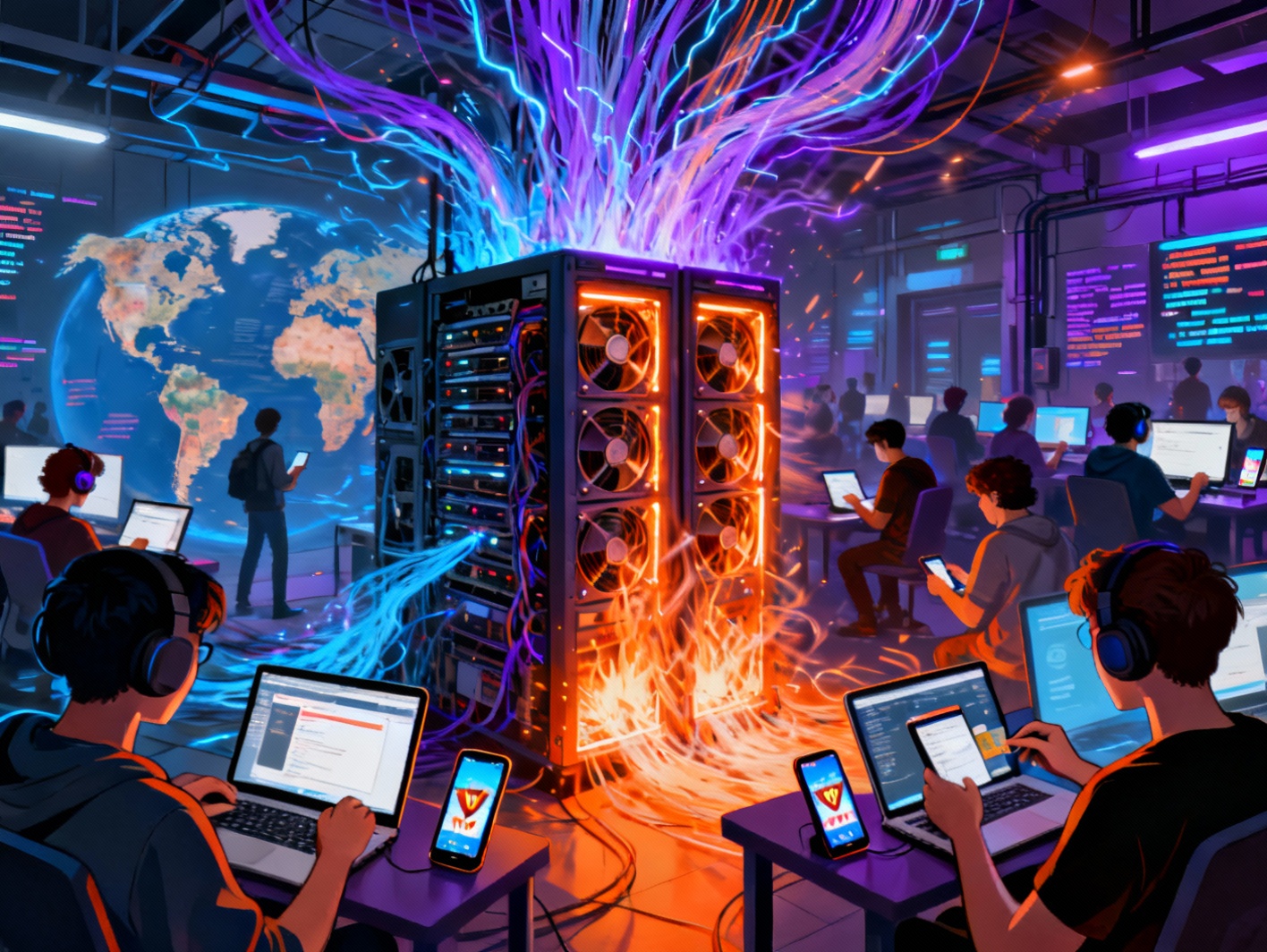Table of Contents
The recent rise of the Stop Killing Games movement has brought the complexities of digital ownership into the spotlight. With the campaign now officially recognized as a European Citizens’ Initiative, a new chapter in video game history is being written — one where players, not just publishers, are taking an active stance on the longevity and preservation of games. At its core, the movement challenges the common industry practice of shutting down online services for older or underperforming games, often rendering them unplayable. This call to action from the gaming community underscores broader concerns about access, consumer rights, and ethical responsibilities. As we explore the key aspects of this initiative and the industry’s response, we uncover important questions shaping the future of the gaming ecosystem.
Understanding the ‘Stop Killing Games’ Movement
The Stop Killing Games movement emerged from growing frustration among gamers over the sudden loss of access to titles they had purchased and enjoyed. The issue gained visibility as long-running live service games, particularly those reliant on online features, were abruptly discontinued by publishers. These decisions often originated from declining profitability or strategic shifts, but for players, this meant permanent loss of access to games they had paid for. The movement began among online communities and preservation groups, advocating for the continued availability of games, whether via offline modes or public server access. It aims to combat what it sees as a form of digital erasure—a violation of digital ownership and the cultural value embedded in games. Over time, the movement’s influence expanded, gaining support from digital rights organizations and eventually reaching the threshold necessary to be recognized as a European Citizens’ Initiative. This milestone forces the European Commission to consider legislation in response to this growing outcry, putting legal pressure on the industry to reevaluate how it handles game shutdowns. With this shift from grassroots activism to formal recognition, the movement has moved from complaints on forums to a well-structured campaign shaping EU policy discussions.
Industry Response: Balancing Developer Autonomy and Consumer Rights
Video Games Europe, a trade association representing major European game developers and publishers, responded critically to the Stop Killing Games initiative. They argue that discontinuing online services is often a necessary business decision tied to the economic sustainability of certain games. According to the association, maintaining online servers for games that no longer generate revenue incurs infrastructure and maintenance costs that studios, especially smaller ones, cannot absorb long-term. They also highlighted the technical and legal complexities of releasing private server software or patching games for offline play. For example, some titles rely on proprietary networking code, licensed technologies, or third-party content that cannot be repurposed. Video Games Europe emphasized the importance of letting developers decide the lifecycle of their creations, stressing that forcing support could stifle innovation or push smaller studios out of the market. This stance raises essential questions around developer autonomy and consumer expectations. Should creators be legally obliged to maintain access to legacy titles? Or is there a fair compromise? As this debate unfolds, it reveals a fragile balance between sustainable business practices and long-term consumer rights.
Legal and Ethical Considerations in Game Preservation
At the heart of this movement lies a critical discussion on the legal and ethical dimensions of game preservation. Many consumers assume that buying a game guarantees long-term access, but legally, this is often not the case. Most digital purchases involve a license agreement, and these licenses can be revoked when online services are terminated. Ethically, this raises concerns about planned obsolescence, where products are deliberately designed with limited operational lifespans. In the context of video games, this manifests as live service games becoming entirely unplayable once servers are shut down. Some argue this is a violation of consumer trust and incomplete transparency around digital ownership. Existing EU laws, such as the Digital Single Market regulations, address aspects of consumer protection and fairness, but there is little direct regulation governing the shutdown of online gaming services. The European Citizens’ Initiative behind Stop Killing Games demands specific legal reforms to ensure either continued access or compensation for digital games. Broader reforms could require clearer terms of service, obligations to provide offline functionality, or institutional support for preservation projects, striking a new legal precedent for the rights of digital consumers in the EU.
The Impact on the Gaming Community and Industry Practices
The implications of this movement ripple through the gaming community and the broader industry. For many players, the shutdown of online services is more than a technical inconvenience—it feels like a loss of investment and trust. Digital game ownership is still a relatively new concept, and the Stop Killing Games campaign has brought visibility to its weaknesses. This has stirred frustration among gamers who see value not just in gameplay but in the shared history and experiences created through these games. Meanwhile, on the developer and publisher side, the demand to maintain aging games carries financial and logistical challenges. Studios must weigh the cost of keeping servers running against their development priorities and profit margins. There is also concern that setting precedents for forced game preservation responsibilities could hamper new business models or increase legal liabilities. As this debate intensifies, it could significantly influence future game design. Developers may start baking offline modes or flexible architectures into online-first games to prepare for sunsetting. Additionally, the industry may shift toward longer support cycles or clearer communication with consumers. Gamers, now more aware of their rights, are likely to push for this change through reviews, purchasing decisions, and campaigns.
Future Outlook: Navigating the Path Forward
Moving forward, both the game industry and consumer rights advocates need to explore workable compromises to bridge their opposing interests. One solution could be for publishers to include end-of-life policies clearly in the terms of service or storefront description, so players know when a game is expected to lose support. This would promote greater transparency. Another option involves building offline modes or legacy versions into games, allowing at least partial access when servers go offline. For developers, collaborating with nonprofit organizations dedicated to game preservation — such as museums or digital archives — could relieve pressure and offer a responsible way to maintain discontinued titles. On the legislative side, creating frameworks that ensure fair treatment of consumers and support for small studios could lead to sustainable practices. Ultimately, the Stop Killing Games movement could serve as a turning point, sparking the development of new business models that prioritize game longevity, digital consumer rights, and corporate accountability. As more gamers become invested in the conversation, publishers will likely face increasing pressure to evolve. What emerges from this could redefine digital ownership not just in games, but across all online-first media and software products.
Conclusions
The Stop Killing Games movement has pushed digital ownership and game preservation into mainstream discourse. By challenging long-accepted practices and demanding accountability from publishers, it has raised questions that are uncomfortable but necessary for the industry to address. As publishers, developers, and lawmakers consider the future of gaming, a flexible middle ground must be found—one that upholds the creative autonomy of developers while protecting the rights of consumers. Whether through proactive design, legal reform, or better communication, this debate offers the chance to build greater trust and fairness in the gaming ecosystem. In the end, the movement isn’t just about old games—it’s about the future of how players and creators coexist in an increasingly digital world.










